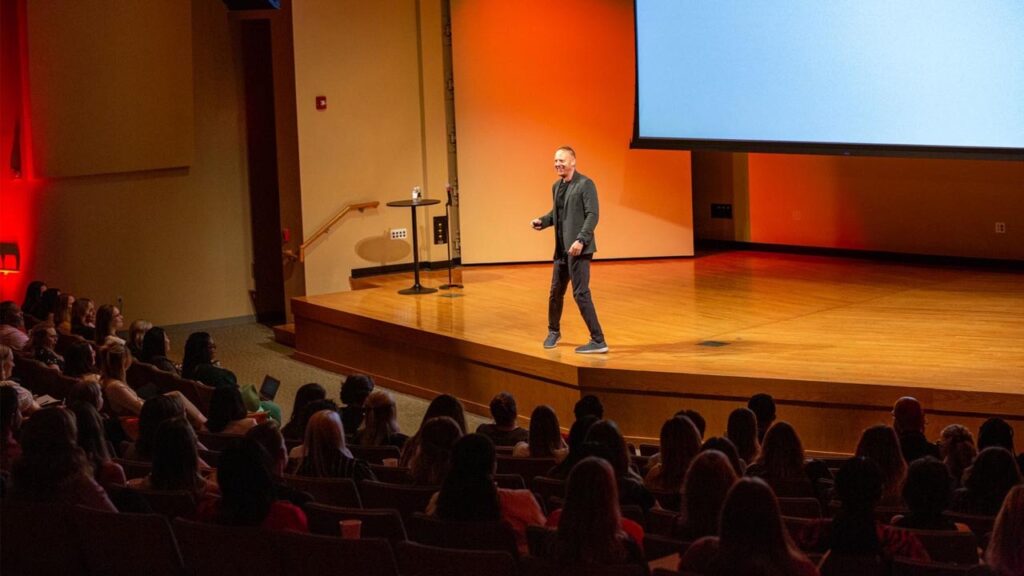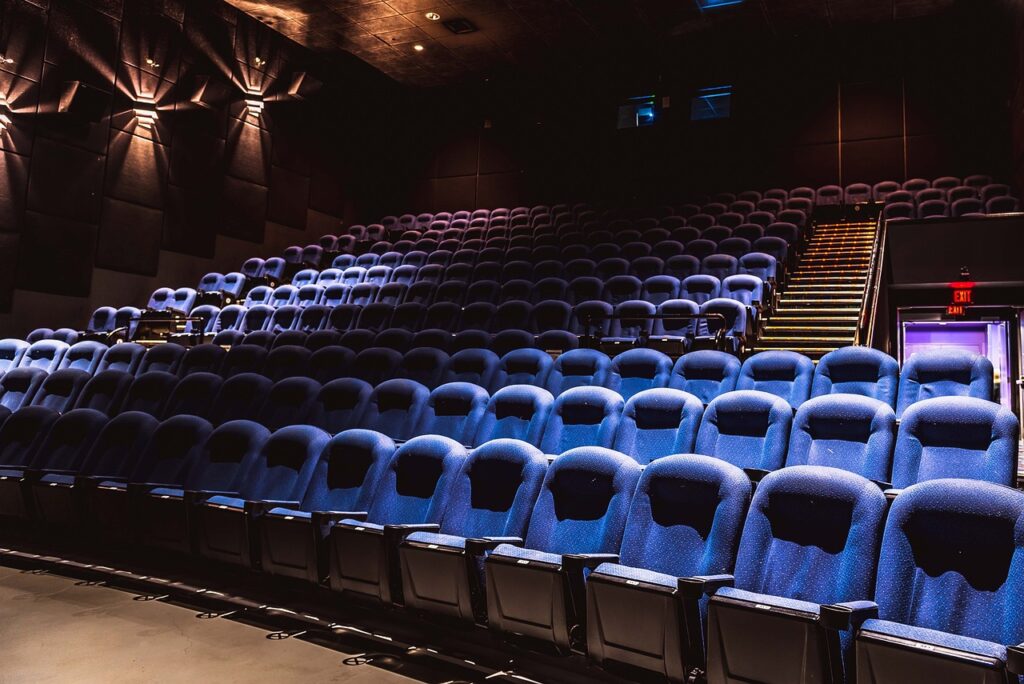Fostering Belonging and Community Within a Student Body
In the dynamic landscape of higher education, fostering a sense of belonging and community among college students is paramount. Higher ed staff can explore multiple opportunities throughout the school year to engage the student body, but often Orientation/ Welcome Week serves as a popular time to enthusiastically invite new students to embrace their new college “home” with the hope that students will positively contribute to campus climate and each other. Furthermore, since COVID-19, a thirst for structured, in-person, interactive community programming has grown as part of an introduction to campus life.
According to data from a 2023 Student Voice survey (with 3,000 respondents), when asked to rate satisfaction with their overall orientation experience, students entering college during COVID-19 had more negative perspectives than those who began college before and after reopenings.
Four-year college students in the survey were particularly dissatisfied with virtual orientations. Interestingly, the newest college students in the survey are responding positively to changes institutions are now making to orientation to best serve what’s been called “Gen P.”
The moniker “Gen P,” as recently described by the higher education consulting firm EAB, consists of “students whose college-going behaviors have been influenced by their experiences during the pandemic.” The report describes Gen P as “under-socialized,” and more concerned about not being “mentally ready” for college than earlier waves of prospective college students.
EAB suggests these students are eager for in-person events and experiences. When it comes to orientation, though, many first-year experience leaders say that Gen P requires a less-is-more approach, where connection and community norms and values are stressed over quantities of information.
To be clear, live presentations that are interactive generate a dynamic connectivity between presenter(s) and audience that organically impact community building in a way a standard lecture does not.
During our “Orientation Tours” over the last couple of years, we at Catharsis Productions proudly contribute to the efforts many schools employ to establish campus community and foundational standards with new students.
Let’s explore how these presentations benefit students and contribute to a strong sense of community. One effective approach is through interactive live presentations.

Interactive presentations encourage students to actively engage with the content. Whether through polls, call-backs or discussions, students become active participants rather than passive recipients. This engagement not only enhances their understanding but also creates a shared experience. When students feel involved, they are more likely to connect with their peers and the course material. Catharsis builds each of its interactive programs with a keen eye on providing agency to its audiences. Individuals are encouraged to contribute to the dialogue in the program and make active choices throughout it to either participate or disengage. In either case, an individual can derive a lesson from the choice.

Live presentations provide opportunities for students to connect with one another. In our live programs like Sex Signals, The Hook-Up, or Say What?!, students are encouraged to share their opinions, respond to each other, and exchange strategies in how to collectively build a more respectful campus community. These connections extend beyond the presentation, fostering a sense of community that transcends geographical boundaries.

Online/virtual education and even in-person, but “one-way” lectures can amplify a feeling of isolation. Interactive presentations combat this by creating a space where students interact in real-time. Seeing their peers’ faces, hearing their voices, and responding to each other’s engagement reminds students that they are part of a larger community.

Trained educators in the best interactive presentations tailor content to the needs of the collective audience before them. At Catharsis Productions, we like to say that each of our presentations is like a snowflake, uniquely constructed in real-time by the ongoing interaction of a given audience. Our educators receive over 150 hours of training before they ever present in front of an audience. They are trained to nimbly address the nuanced questions and concerns that might come from the panoply of individual audience members’ perspectives. Students who feel seen and heard are more likely to stay engaged.

A vibrant community thrives on diverse perspectives. Interactive presentations facilitate discussions where students share their unique viewpoints. During a healthy facilitated dialogue, students learn from one another and appreciate the richness of diverse ideas. In this way, presentations become a platform for celebrating differences and promoting inclusivity.
Interactive live presentations are more than just slides and bullet points—they are bridges that connect students, foster belonging, and create a vibrant community. As educators, we have the power to shape these experiences intentionally. By incorporating interactive elements, we empower students to learn collaboratively, celebrate diversity, and feel a sense of belonging.
Remember, it’s not just about the information we convey; it’s about the connections we nurture. Well-designed and delivered interactive presentations can help set a foundation of a thriving community where every student feels valued and included.
ABOUT THE AUTHOR

Christian Murphy; Co-Founder, Catharsis Productions
Christian Murphy founded Catharsis Productions with Gail Stern in 2000. He serves as Chief Executive Officer for the company where he oversees the strategies and implementation of the company vision, mission, and its core values. In addition to co-creating SEX SIGNALS with Dr. Stern and serving as the original main male presenter for the program, Mr. Murphy focuses primarily on the aesthetic and creative content of the programs.





